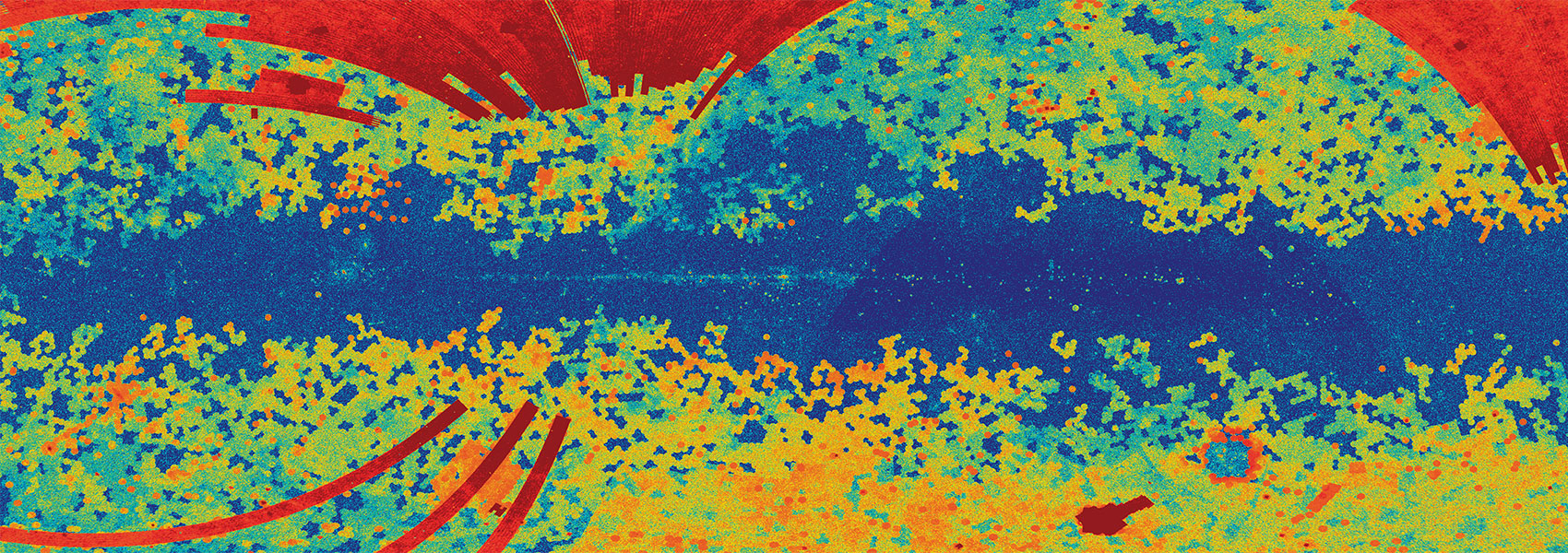April
2021
•
2021SpWea..1902654P
Authors
•
Palmerio, Erika
•
Kilpua, Emilia K. J.
•
Witasse, Olivier
•
Barnes, David
•
Sánchez-Cano, Beatriz
•
Weiss, Andreas J.
•
Nieves-Chinchilla, Teresa
•
Möstl, Christian
•
Jian, Lan K.
•
Mierla, Marilena
•
Zhukov, Andrei N.
•
Guo, Jingnan
•
Rodriguez, Luciano
•
Lowrance, Patrick J.
•
Isavnin, Alexey
•
Turc, Lucile
•
Futaana, Yoshifumi
•
Holmström, Mats
Abstract
•
Coronal mass ejections (CMEs) and solar energetic particles (SEPs) are two phenomena that can cause severe space weather effects throughout the heliosphere. The evolution of CMEs, especially in terms of their magnetic structure, and the configuration of the interplanetary magnetic field (IMF) that influences the transport of SEPs are currently areas of active research. These two aspects are not necessarily independent of each other, especially during solar maximum when multiple eruptive events can occur close in time. Accordingly, we present the analysis of a CME that erupted on May 11, 2012 (SOL2012-05-11) and an SEP event following an eruption that took place on May 17, 2012 (SOL2012-05-17). After observing the May 11 CME using remote sensing data from three viewpoints, we evaluate its propagation through interplanetary space using several models. Then, we analyze in situ measurements from five predicted impact locations (Venus, Earth, the Spitzer Space Telescope, the Mars Science Laboratory en route to Mars, and Mars) in order to search for CME signatures. We find that all in situ locations detect signatures of an SEP event, which we trace back to the May 17 eruption. These findings suggest that the May 11 CME provided a direct magnetic connectivity for the efficient transport of SEPs. We discuss the space weather implications of CME evolution, regarding in particular its magnetic structure, and CME driven IMF preconditioning that facilitates SEP transport. Finally, this work remarks the importance of using data from multiple spacecraft, even those that do not include space weather research as their primary objective.
Links




